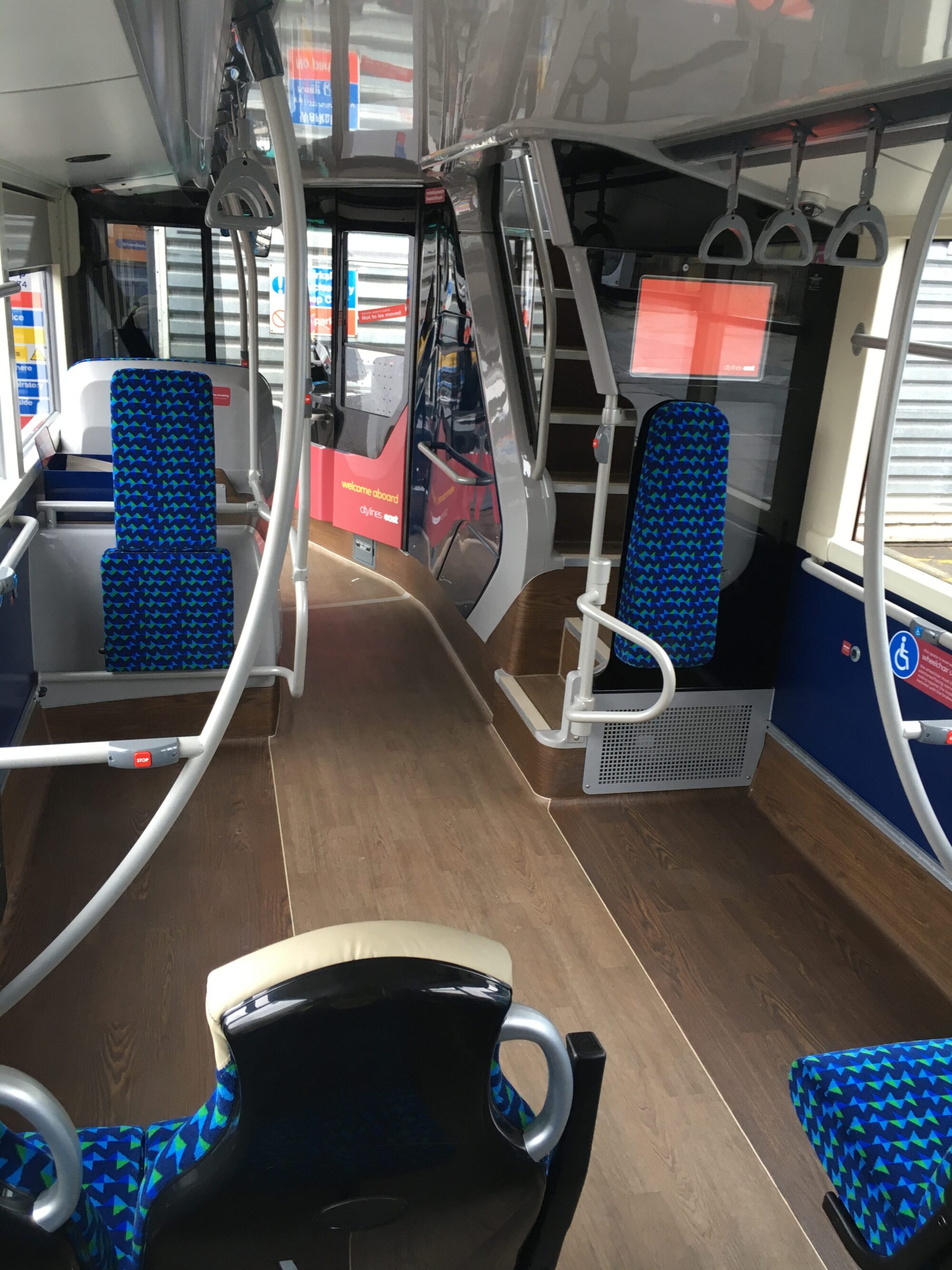Making bus transport more accessible

First Group has been working to improve it’s services to be even more accessible for disabled people. Working together with community members, stakeholders and representative groups First is continuing to make transport more accessible.
First Group has recently launched a new fleet of buses to accommodate multiple wheelchair users on local Bristol services. Following discussions with members of the disabled community and the Bristol Older People’s Forum the decision was made to introduce a new, more accessible service with new vehicles.
The improvements to their buggy space and the introduction of an additional wheelchair backrest seat provides ample safe space for a second wheelchair on each bus. The new buses have been introduced to 8 routes across the city of Bristol.
In Leeds, First Bus has worked to improve accessibility by liaising with several disability groups including Guide Dogs, RNIB, National Federation of the Blind and Leeds City Council Access and Use Ability Group. Feedback from stakeholders focused on 2 key aspects of the bus journey. The first was how to provide onboard stop information for passengers with a visual impairment, part of the rollout of the Connecting Leeds new bus package, and the second looked at accessibility for wheelchair users in the priority space.
Working with Hanover, First Bus operated special VIP trips with disability group representatives to test, adapt and improve a new Audio Visual Next Stop system that has now been rolled out on nearly 200 new buses.
Following the feedback from wheelchair users, First worked with Wrightbus and redesigned the shape of a hand-pole to widen access to the priority space and changed the stop bell placement to make journeys more comfortable. This design change has already been applied to 75 new vehicles in the Leeds fleet and is now the standard for future orders of the Streetdeck MH3 model from Wrightbus.